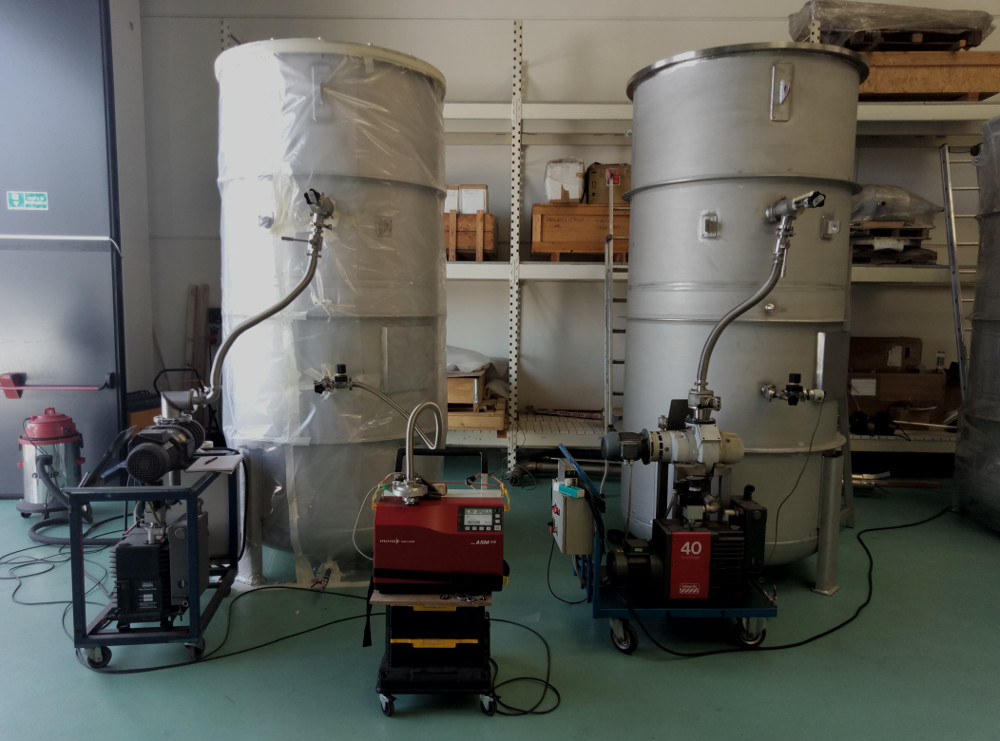 The helium seal tests, method used and required as non-destructive testing to verify the integrity of components and systems where it is necessary to guarantee a particular degree of tightness or absence of leaks that could cause danger or malfunction during the operation of the component examined.
The helium seal tests, method used and required as non-destructive testing to verify the integrity of components and systems where it is necessary to guarantee a particular degree of tightness or absence of leaks that could cause danger or malfunction during the operation of the component examined.
The principle of the helium test is based on the possible transmigration of a fluid (helium gas) through a passage between two separate regions (eg internal / external component) placed at a positive or negative pressure differential.
The use of helium as a tracer gas in leak tests and leak detection offers significant advantages such as:
it is a noble and inert gas therefore it does not bind with any other molecules, it is present in the environment in small quantities (about 5 ppmV), excellent instrumental sensitivity helium has molecular mass 4, therefore a great capillarity that allows it to flow in escape routes more easily than other types of gas with larger molecules.
Different type of tests
Referring codes ASME – UNI EN – ISO – SHELL – TÜV
Test methods are different and these are:
VACUUM METHOD
Type of test = quantitative test
Sensibility = from 10E-6 mbar.l/s to 10E-12 mbar.l/s
Field of application = all components which need an high test sensitivity
In an area of a component to be tested (for example the internal part), through pumping groups, we create a vacuum zone connecting the mass spectrometer (the reading instrument) directly the region where the vacuum has been created. Then, we put the opposite area (the external part) in atmosphere or in an over pressure with helium, so, if there are any leaks, helium pass through them and it will be relieved by the instrument.
PRESSURE TECNIQUE (SNIFFER METHOD)
Type of test = qualitative test
Sensibility = from 10E-6 mbar.l/s to 10E-03 mbar.l/s
Field of application = all components which need an high test sensitivity max 10E-6 mbar.l/s
The component to be tested, is pressurized with helium at the test pressure (usually no more than one bar) after a period of spread the gas starts to flows thought any possible leaks.
All the areas to be tested shall be scanned by a sniffer probe connected to the spectrometer in order to localize ad discriminate the leaks.
ACCUMULATION UNDER PRESSURE
Type of test = semi-quantitative test
Sensibility = from 10E-4 mbar.l/s to 10E-0o mbar.l/s end more
Field of application = all the components which require to quantify the global leak rate through
the time
First of all, we create accumulation rooms on the parts to be tested. in a single accumulation room we carry on performing a sample test using a referring calibrated leak standard . Then, we put the component under pressure and we perform the test . Any detected leaks are gathered into these accumulation rooms and measured after a certain period. These measurements relieved in such a way are calculated and compared with the initial sample test.
pretation and evaluation.
